9 essentials you need to pack before hiking in bad weather
These 9 items can make bad weather hikes a little bit easier to tackle
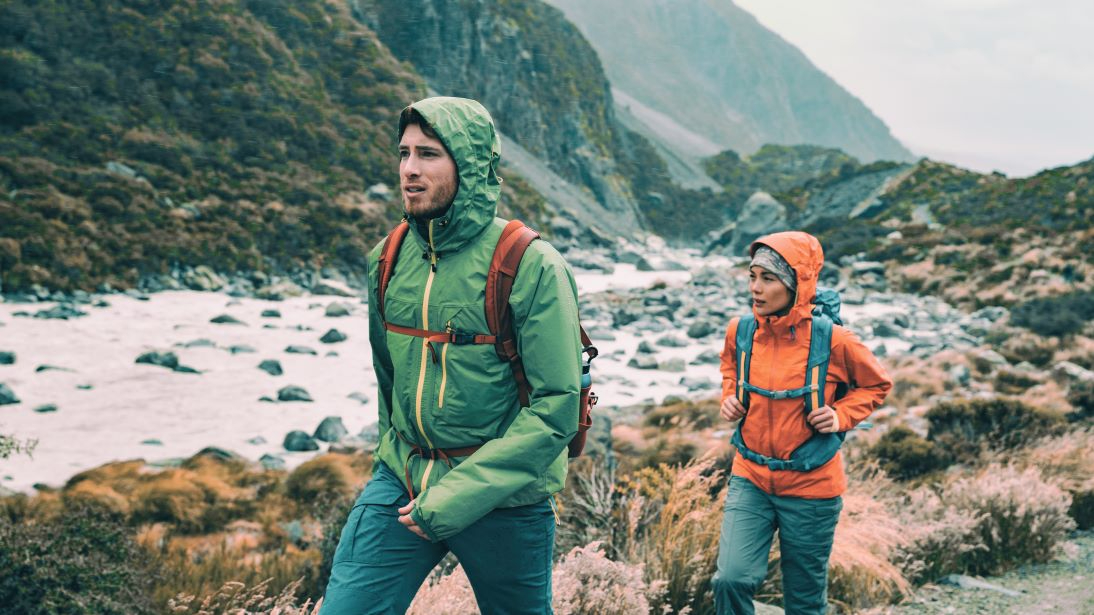
Getting out into nature and taking it all in while on foot is a real treat. It doesn’t matter if the sky is flooded with sunshine or rain clouds, nothing beats the beautiful scenery of countryside trails or mountainous scenes. That said, equipping yourself with the right gear such as the best hiking boots is crucial if you want to get the most out of your adventures and not let the dangers of bad weather ruin a good hike.
Whether you are going on a one-off hiking trip with friends or spending every single weekend hitting the trails, it is absolutely worthwhile investing in the right gear. Yes, we have to say it, you will have to prioritize quality over style to ready yourself for all types of weather. If you're someone who likes to maintain your fashion status while exploring nature, you’ll be glad to hear hiking wear and equipment have gotten pretty trendy as the activity has grown in popularity over the last couple of years.
Eager to bring you a foolproof list of essential hiking items that will protect you while hiking in bad weather, we caught up with author and experienced hiker Adam Warrington, who works alongside the reputable and well-loved outdoor clothing brand Blacks. He knows a thing or two about what to pack for bad weather hikes.
With the following nine items, you’ll be ready for whatever your next hike brings.
What to pack for hiking in bad weather
First and foremost, now is the time for us to emphasize that it’s not just physical items that can protect you from bad weather while hiking. Mother nature is not one to underestimate, you need to be able to say no to a hike or turn back on one when the conditions are too extreme. But a change in weather can’t always be predictable, and it’s a wise idea to be prepared for whatever conditions your hike may bring.
1) Bring drinking water and food
“In extreme weather, it's crucial to stay hydrated and well-nourished. Bring a sufficient water bottle and high-energy snacks to sustain yourself throughout the hike,” explained Warrington, “Additionally, be aware of the signs of dehydration and hypothermia, as these conditions can escalate quickly in challenging weather.”
Food and drink are two things you should always pack with you before a hike. It doesn’t matter if you only plan on heading out for a short trek, plans can change, routes can be longer than expected and navigating tricky terrains in challenging conditions can lead to an increase in thirst and hunger.
Sign up to get the BEST of Tom's Guide direct to your inbox.
Get instant access to breaking news, the hottest reviews, great deals and helpful tips.
If you don’t like carrying too much extra weight on your back while hiking you should look into sourcing a filtered water bottle that allows you to fill it up out in mountain streams or rivers. Alternatively, we can recommend you a collection of the best hydration backpacks that are designed to make taking a quick slurp of water much easier while on the move.
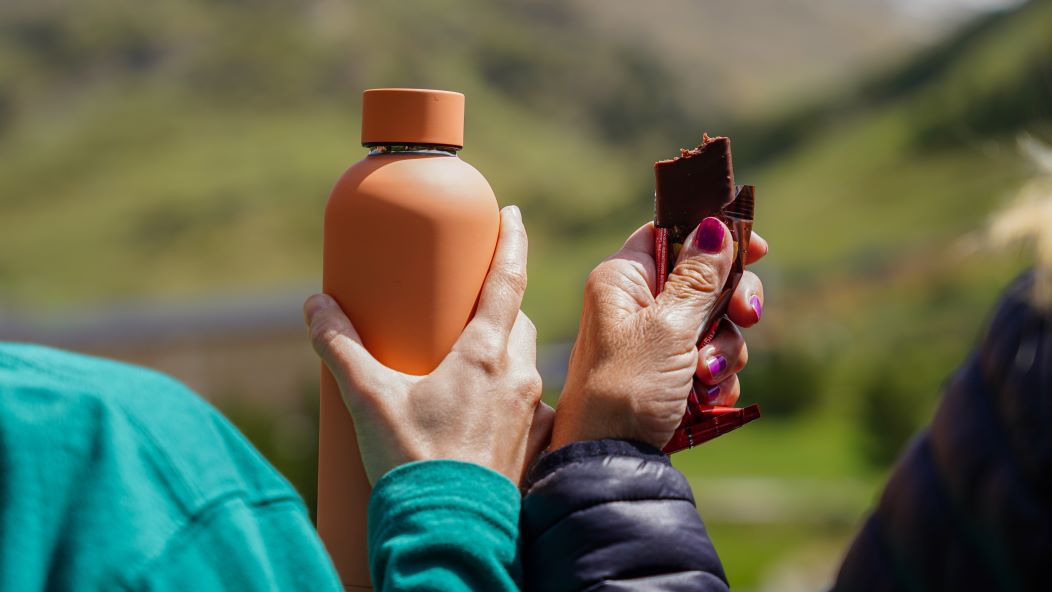
2) Carry a rucksack
A rucksack seems a given, but what isn’t so obvious is what type of rucksack is best for your adventures and also how big the rucksack should be. Warrington advised opting for a rucksack that is a minimum of 40 liters when preparing for a hike that could be wet and windy. This volume allows you to pack bulky items like insulated clothing, a tent, or a large flask of hot cocoa or coffee.
You should also spare some cash for a rucksack cover when you buy a new rucksack. And if your hike doesn’t involve an overnight sleep in a tent, you can get away with carrying a 20- to 30-liter rucksack.
3) Pack a first-aid kit
Unfortunately, those old blister plasters sitting at the bottom of your rucksack won’t be the answer to all potential injuries or obstacles that you can face while hiking. Buying a first aid kit and keeping an inventory of what goes in and out of it is a great way to prepare for any hiccups on your journey.
According to Warrington, essential items for your hiking first aid kit are things like bandages, sterile dressings, gauze pads, scissors, cleansing wipes, adhesive tape, scissors, pins and an aluminum blanket.
4) Bring waterproofs
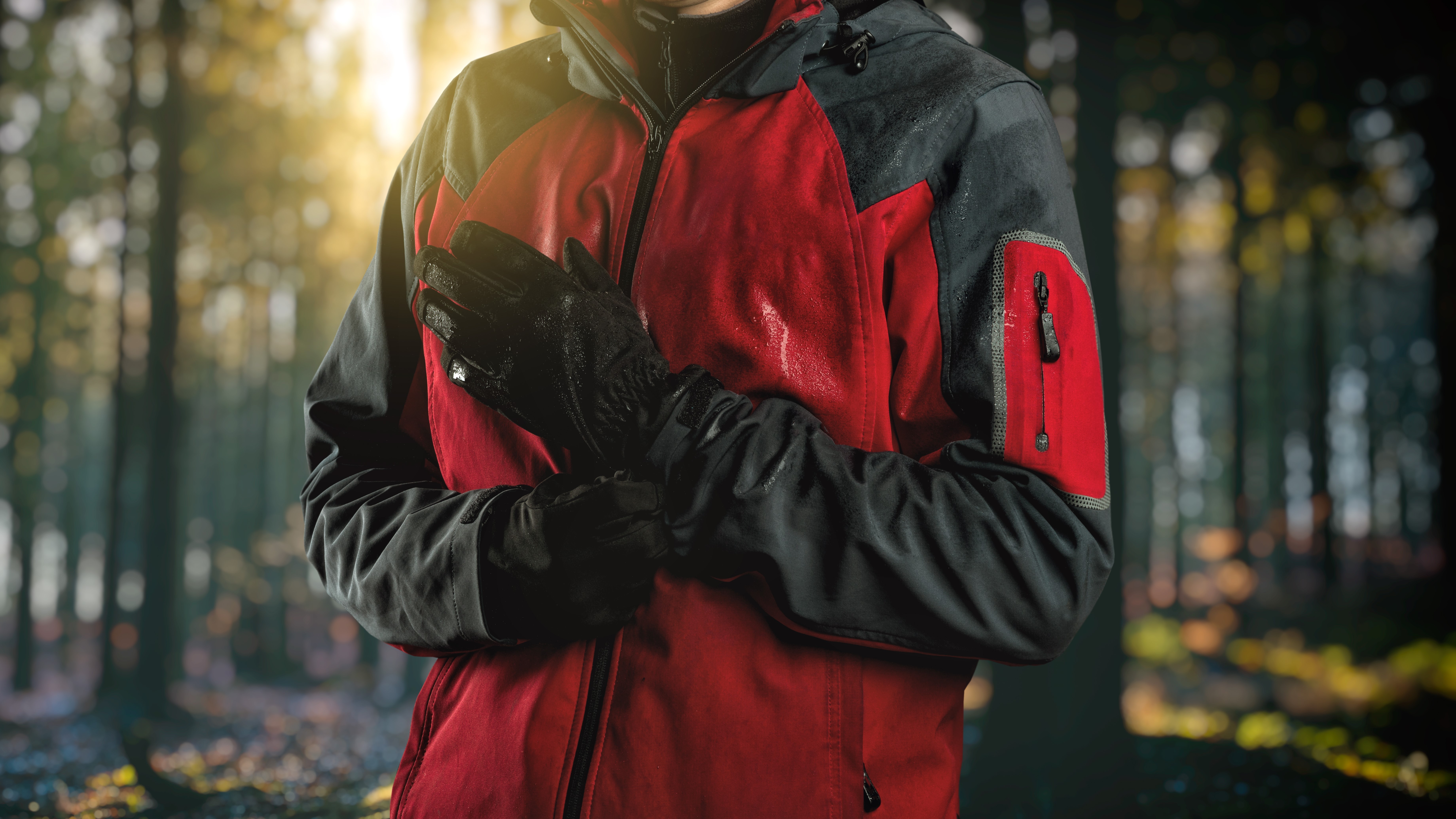
When we talk about layers in the context of hiking wear, we don’t mean pack as many hoodies as you own into the car before heading off to your route. The layers you choose to wear and pack for a hike should be designed to withstand the elements.
When hunting for some trusty waterproofs, Warringon pointed out that not all of the options on the market are born equal and that even the best waterproof footwear and clothing will eventually let water in if you stay out long enough in fierce rain. As a rough rule of thumb, Warringon said, “Good quality waterproofs keep you dry for longer and are measured by the Hydrostatic Head (HH) rating. The higher the number, the longer you’ll stay dry.”
Suppose you need an example of a suitable rainjacket for your hiking adventures. In that case, you might like to read about what happened when our writer Dan Bracagila put Outdoor Research's $170 Helium Jacket in the shower to test its water resistance. Let’s just say we don’t do things in halves when it comes to testing the quality of outdoor wear.
5) Acquire appropriate footwear
Comfort is key when hiking and the soles of your feet most definitely need appropriate protection as they carry you through your various miles and terrains.
“You can determine what shoe you need based on the terrain of your outdoor adventure," Warrington said. "On easy trails, hiking shoes would be sufficient, but a good pair of hiking boots will provide more support for more advanced trails where the elements may play against you.”
Even if you would prefer to buy your hiking boots online, where it can be easier to find a great deal, it’s a good idea to go into an store to try on your favorite brands and styles. This will help you to establish how a hiking boot should fit you. Once you find the perfect pair, make sure to wear your new boots on small journeys before heading out on a hike, to break them in a little and avoid rubbing.
6) Invest in a tent
Some of the best hikes are the ones that require staying overnight in a tent. Going to bed underneath a sky of stars and waking up to a gorgeous sunrise over your surroundings can’t be beaten. But you’ll need a good quality water resistant tent that isn’t too heavy to carry on your back.
“When buying a tent, make sure you consider one that sleeps at least 1 person up from how many people will be sleeping in the tent,” Warrington added, “This will ensure you have plenty of space for all of you and your gear inside.”
7) Pack a torch or head torch
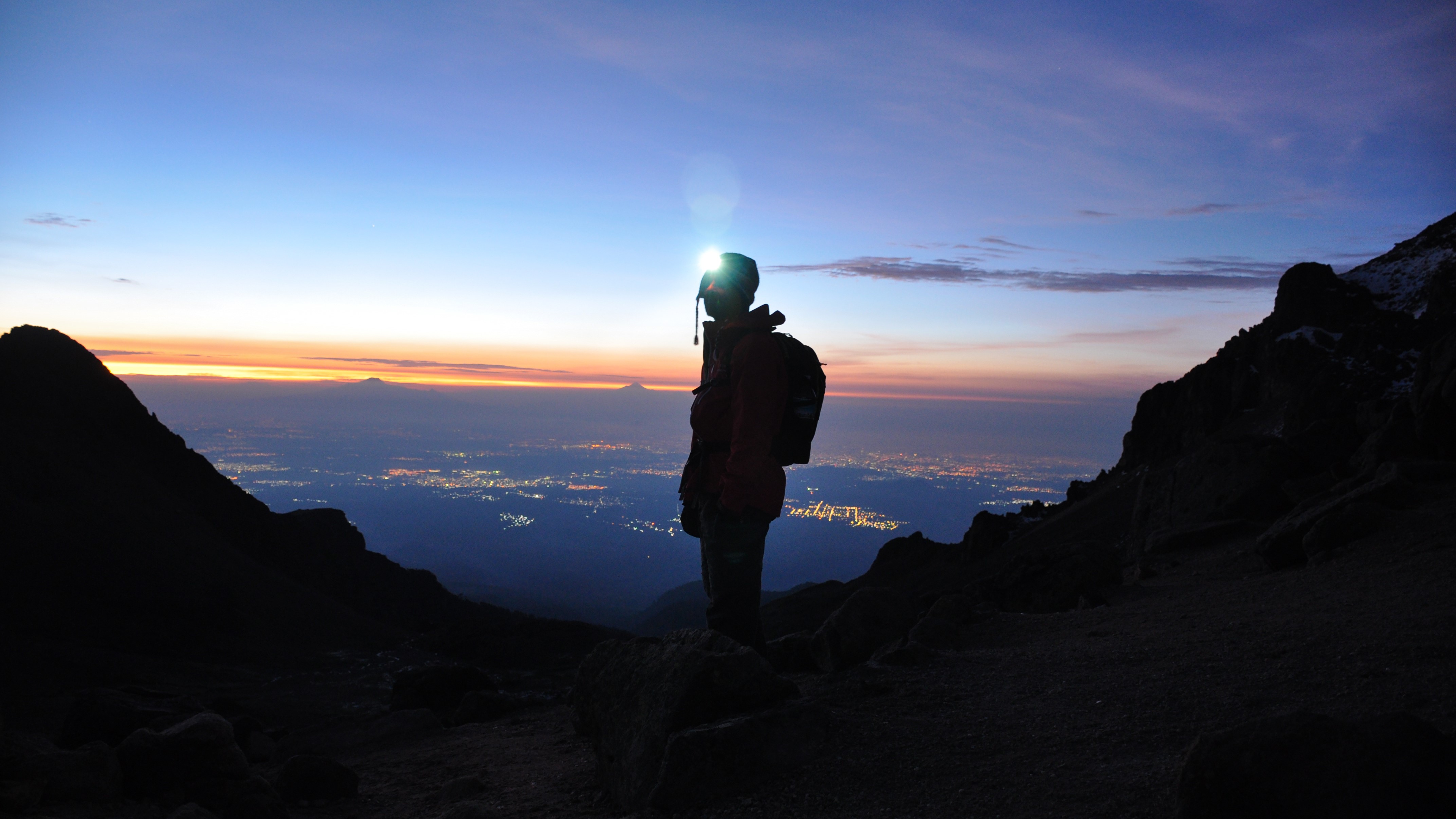
Bringing a torch (known as a flashlight in some parts of the world) can be a game changer, especially in seasons when the days are shorter and night conditions arrive quicker than hikers would like. “A head torch can help navigate those late-night toilet trips, or if the hike takes longer than expected and you get caught in the dark,” noted Warrington.
8) Bring sunscreen
As much as a day of hiking in the sun is great for topping up your tan, you must protect your skin from strong rays. It’s still possible for UV rays to break through clouds and harm your skin even in autumn and winter. Finding a high quality SPF should be on all hikers' shopping lists, even if it is only your face that is on show, your skin will thank you for some SPF.
9) Invest in a down-insulating jacket
If you are hiking in colder climates, you will need to own a proper insulating jacket. Even if you start your hike without it, temperatures will drop the later you are hiking for and if you are hiking in the mountains you will find it gets cooler the higher you climb. Likewise, be sure to pack smaller insulating items like gloves and a hat.
Finally, remember that hiking is the perfect activity for appreciating the beauty of nature and the best way to make the most out of this is to keep your safety as the number one priority when hitting the trails.
Searching for more hiking advice? Find out which burns more calories: hiking vs power walking. Read about what my colleague Sam Hopes learned while hiking the French Alps for the first time or check out our list of the best hiking apps.
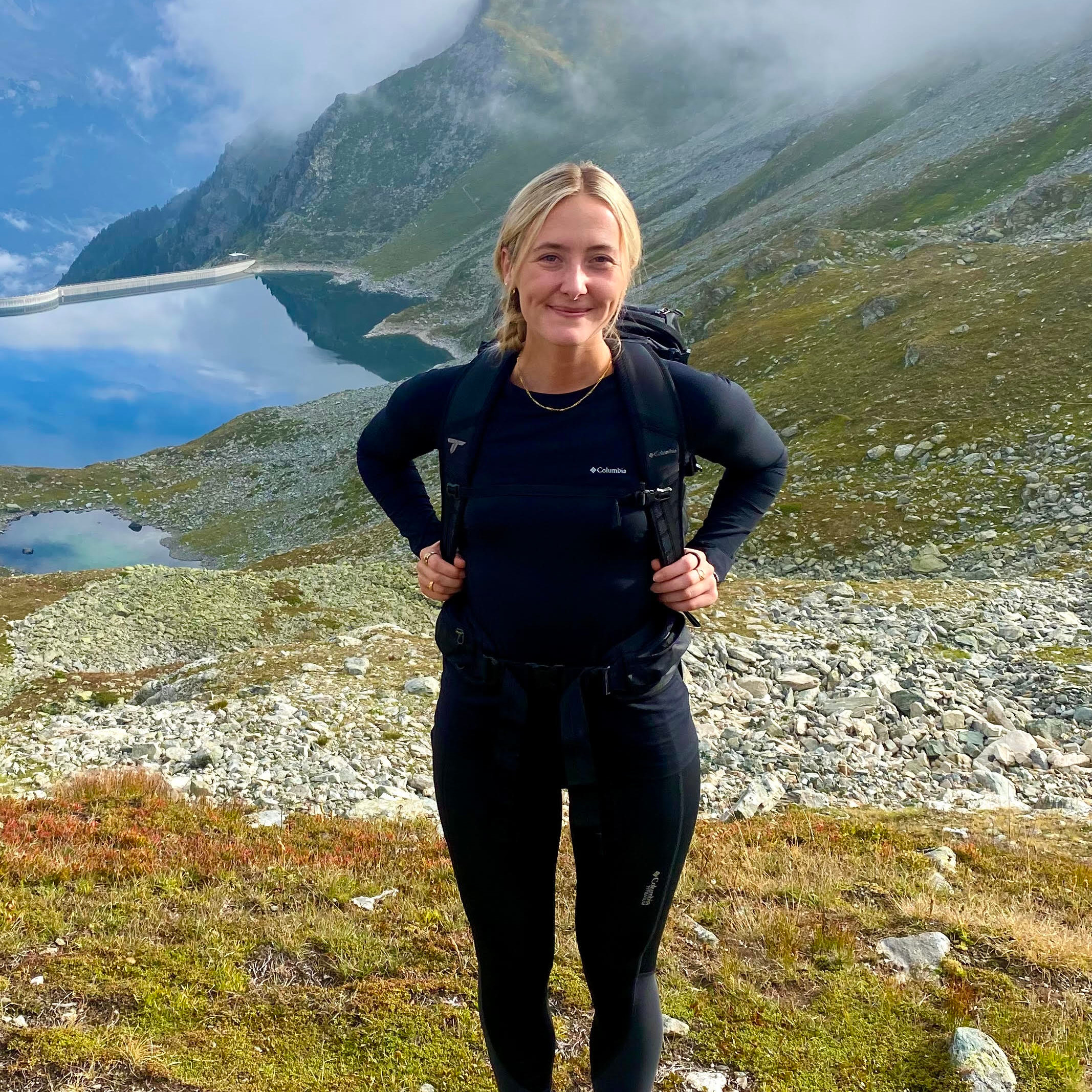
Jessica has been a fitness writer at Tom’s Guide since 2023, bringing three years of experience writing about health, fitness, and the great outdoors. Her passion for exercise began during her childhood, where she spent weekends hiking and competing in local athletics club events. After earning a master’s degree in journalism from Cardiff University, Jessica found the perfect way to combine her love of storytelling and fitness into a career.
Jessica is passionate about testing fitness gear and tech, using her reviews to help readers make informed buying decisions. She ran her first marathon in April 2024, finishing it in 3 hours and 48 minutes. Through her training, she’s developed a deep understanding of what it takes to grow as a runner, from effective workouts and recovery techniques to selecting the right gear for every challenge.
When she’s not at her desk, Jessica enjoys spending time in the kitchen crafting new recipes, braving cold water swims and hiking.
